Hurricanes Explained
Hurricanes, typhoons and cyclones are all tropical storms.
When they hit, they can be extremely destructive and even deadly, depending on which category they fall under.
Climate change poses a significant threat to humanity. It is a threat which can only be tackled with immediate global action.
The global climate is changing at an unprecedented rate and it’s having dramatic effects on our environment.
Rising sea levels caused by shrinking glaciers and melting sea ice are increasing the risk of devastating floods. Shifting weather patterns are threatening food production and making weather-related events more extreme.
Vital social infrastructures are under threat, like water resources, energy, transportation, agriculture and human health, as well as local ecosystems and wildlife.
The climate crisis is a humanitarian crisis.
We see this every time we work with communities who have lost their homes, livelihoods or loved ones to hurricanes, tropical storms, flooding and drought.
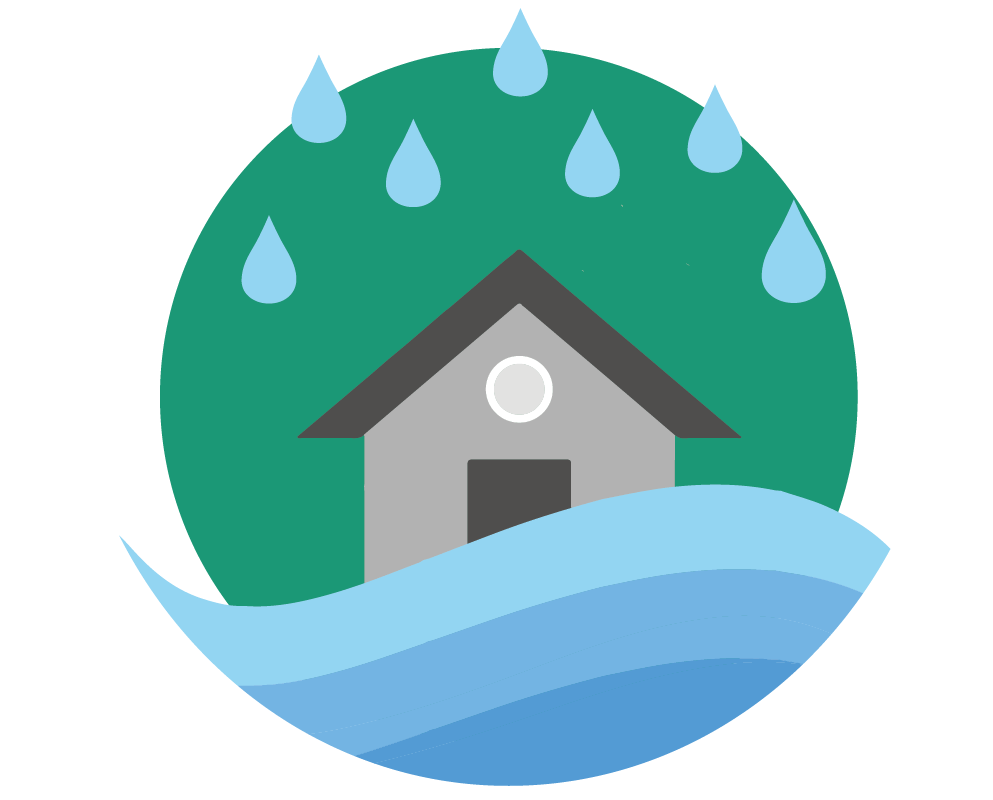
Sea levels rising
Sea levels will continue to rise well beyond 2100. The extent of the rise will depend on whether we are all able to reduce our greenhouse gas emissions.
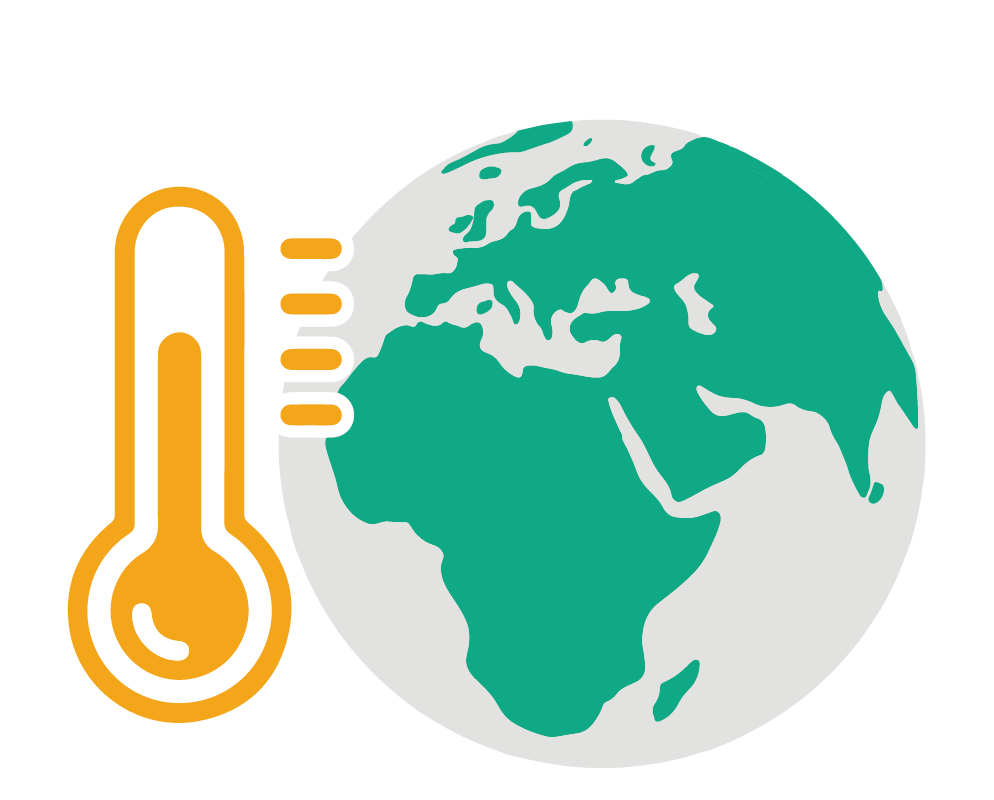
Global temperatures increasing
The earth has warmed by an average of 1°C in the last century.
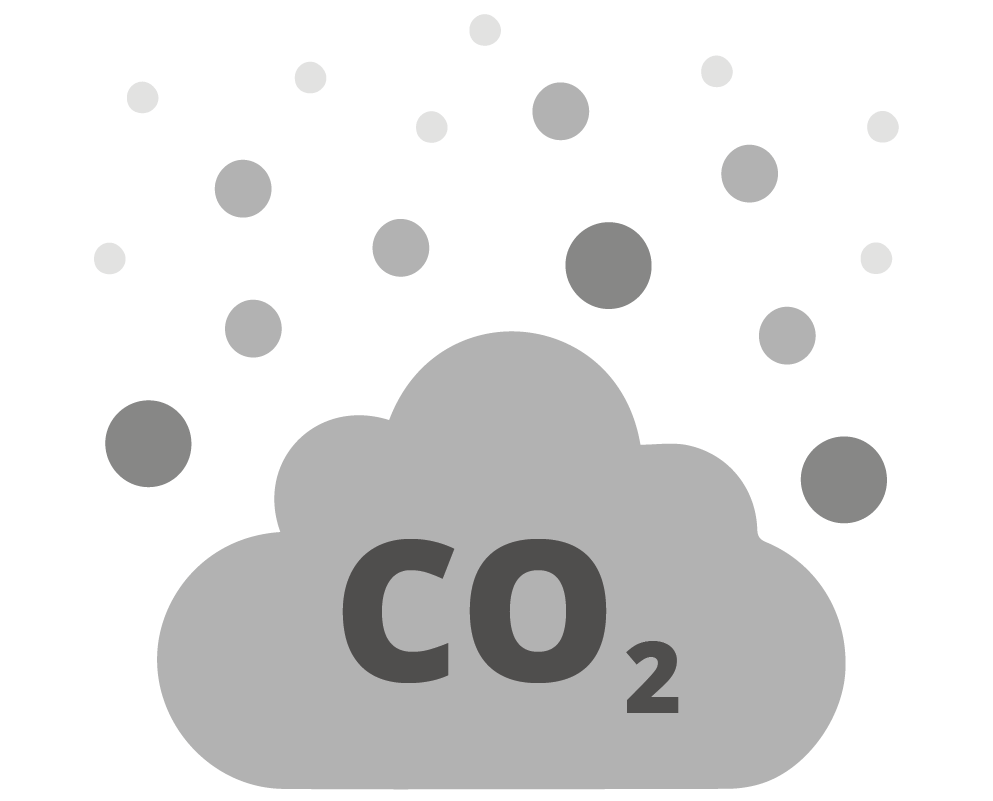
Highest greenhouse gas levels*
Greenhouse gas levels in our atmosphere reached a record high in 2018, well above the levels observed in nature (*over the last 800,000 years).
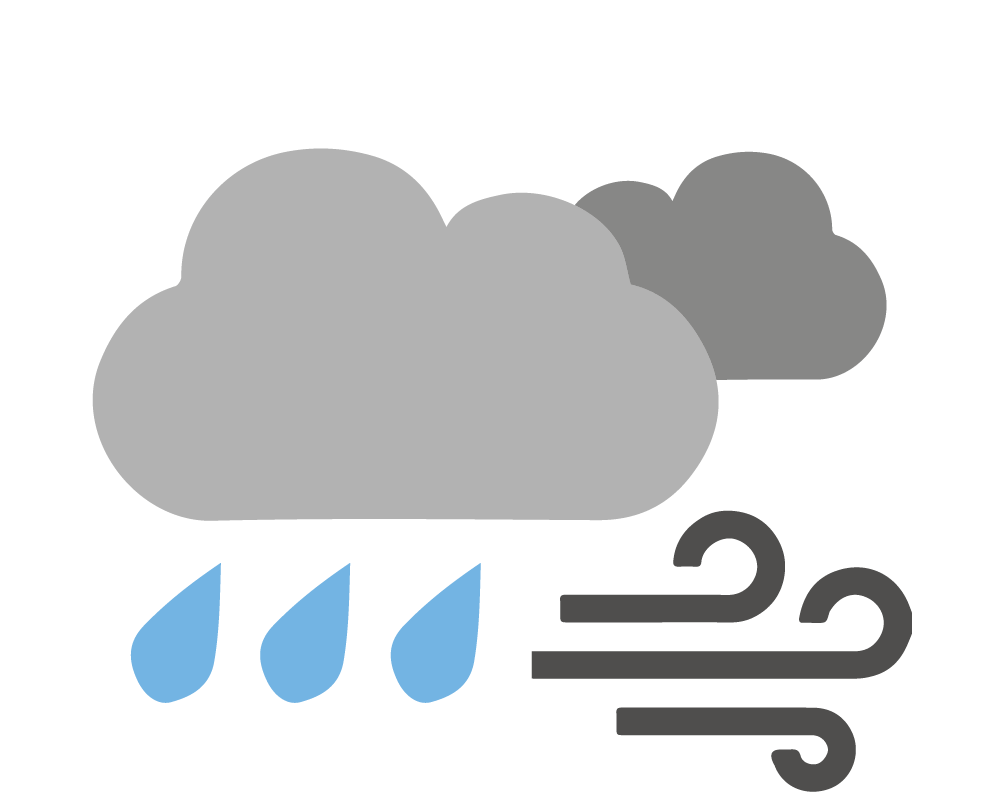
Stronger storms
Climate change is leading to an increasing number of very strong storms in categories 4 and 5.

Amy from Barbuda experienced every second of Hurricane Irma’s wrath in 2017. She told us:
In Malawi, Grace recalls how severe flooding after Cyclone Idai destroyed her home and threatened her family’s lives:

Extreme weather events happen more often in countries where many people are living in poverty. And each new disaster makes their situation worse.
We work with people living in places where homes are often made from wood and materials found locally, like in Malawi.
These homes are made by hand, by traditional methods passed down from one generation to the next.
But they are not designed to withstand the increasing severity of tropical storms and hurricanes.
When Cyclone Idai devastated Malawi in March 2019, families saw their homes and livelihoods washed away, sunk into the rising floodwaters. Stephano told us:
We support people living in places that are vulnerable to extreme weather events, who are often not well equipped to withstand the worsening conditions, like the families we’ve supported in the Philippines.
Since 2004, we have responded in the Philippines 25 times to a range of devastating disasters including storms, typhoons, floods, cyclones and earthquakes.
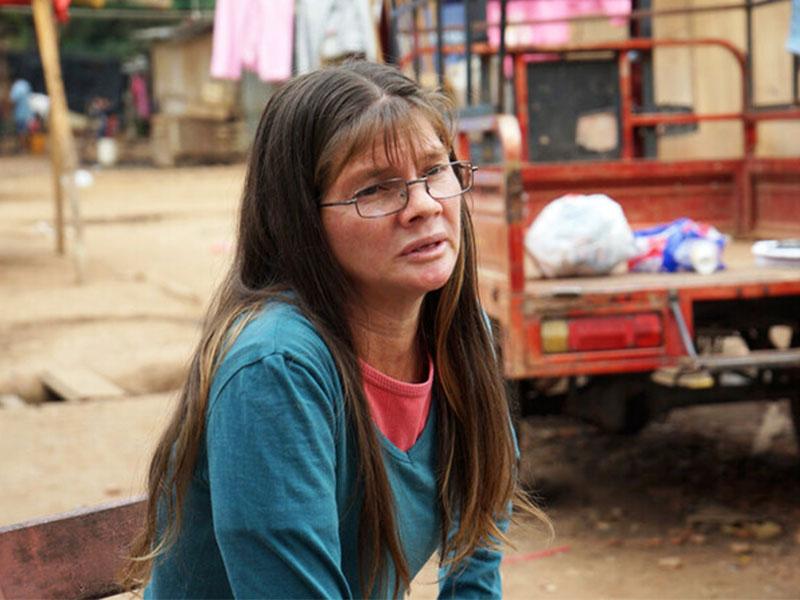
But why do people live in places that they know are at risk of hurricanes, floods and even volcanic eruptions?
Often there are social and cultural reasons – it’s where people have always lived. Sometimes the opportunities outweigh the risks. For example, the ground near volcanoes is very fertile for growing crops, enhanced by the volcanic ash.
When it comes to low-lying coastal areas and urban areas at higher risk from hurricanes and flooding, it is often because it is cheaper. People who can’t afford to live in the safer areas create homes where they will be more vulnerable to disaster because it’s the only place they can afford.
We recently spoke to communities in Asuncion, Paraguay. These communities have been devastated by severe flooding earlier this year. Mirta spoke to us about her living conditions:
“I’m tired of always having to move each time there are floods, but we don’t have another option. We simply can’t afford to buy a home out of the flood-affected areas.”

Natural resources lost
We work with farming and nomadic communities, like families in Somaliland who can no longer grow crops or feed their cattle and sheep because of the severe drought brought on by many years of poor rainy seasons.
Over the last 3 years the drought has killed almost all (up to 80%) of the region’s livestock. Rural communities in Somaliland rely on livestock for their income and survival, and extreme weather is their biggest threat.
– Bihi

We also see how climate change has reduced the availability of natural resources, leaving communities far more vulnerable to extremist groups.
This can contribute to complex conflict situations, like in the Lake Chad Basin which originally reached across Nigeria, Cameroon, Niger and Chad.
Historically, people across the Lake Chad Basin region relied on the lake for their livelihoods, living on the plentiful fish and fertile land. But since the 1960’s, the lake has shrunk by about 90%, turning the area to desert.
This is due to a mix of climate change, increasing population, overuse and irrigation. In one of the hottest places on earth, it is now almost impossible to make a living from the land or the lake, contributing to the influence of Boko Haram in the region.
We know that by working to support disaster affected communities we also have an impact on the environment.
Our use of air freight and energy contributes to climate change; the waste we produce contributes to landfill, and any single-use plastics involved in our work will stay on the planet for many lifetimes.
If not properly managed our impact could contribute to increasing the vulnerability of people around the world to disaster.
That’s why we are committed to understanding our impact on the environment and finding ways to avoid or reduce these effects.
This includes working on ways to:

Receive our emails
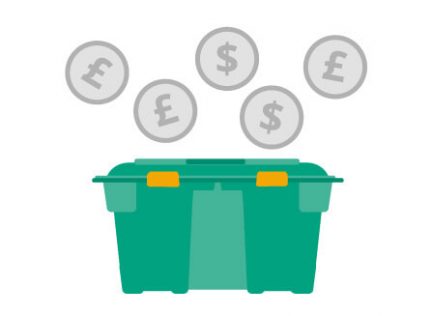
Support our work

Share our story
Hurricanes, typhoons and cyclones are all tropical storms.
When they hit, they can be extremely destructive and even deadly, depending on which category they fall under.
Having lost everything after Cyclone Idai, Stephano and Mary were determined to rebuild their livelihoods, together with the rest of the community in Mwalija. Their story is one of recovery.
Right now, there are hundreds of volcanoes actively bubbling away around the world. It is estimated that there are about 1,500 potentially active volcanoes all over the globe (USGS).